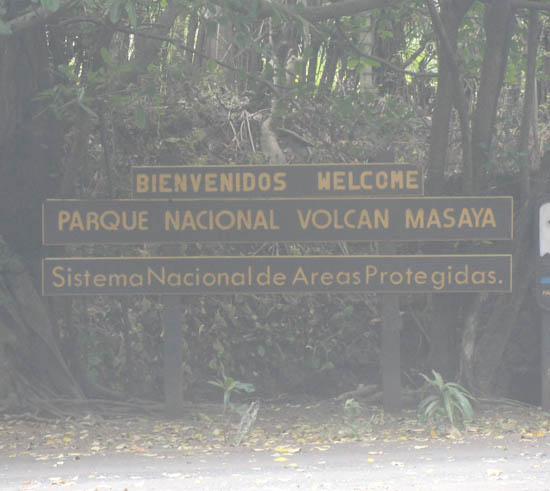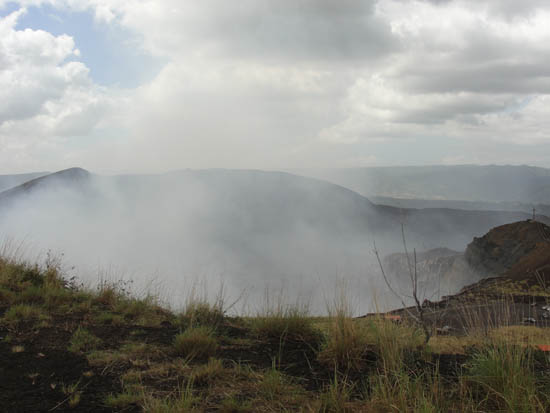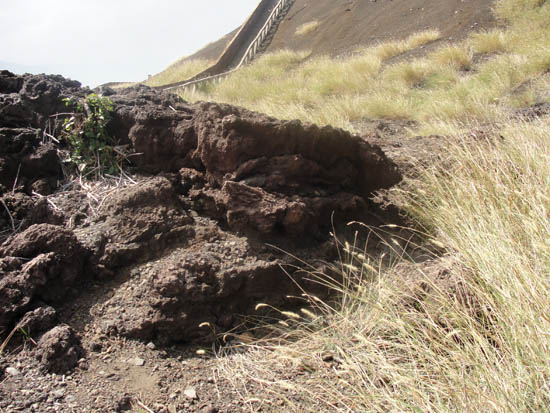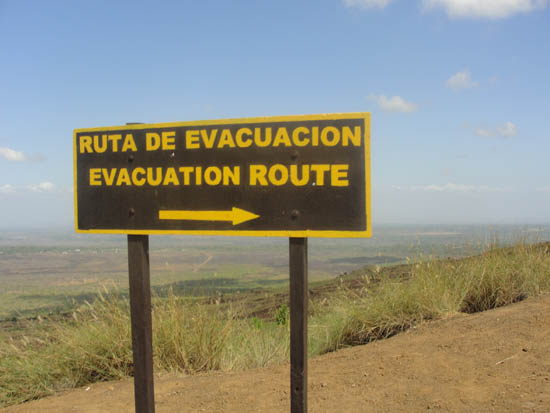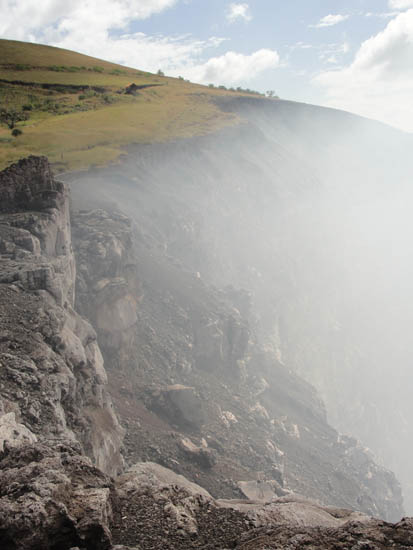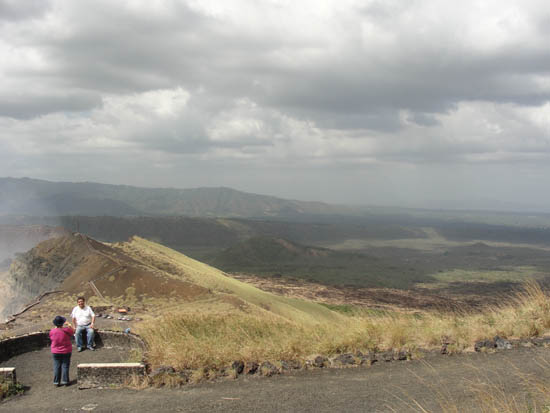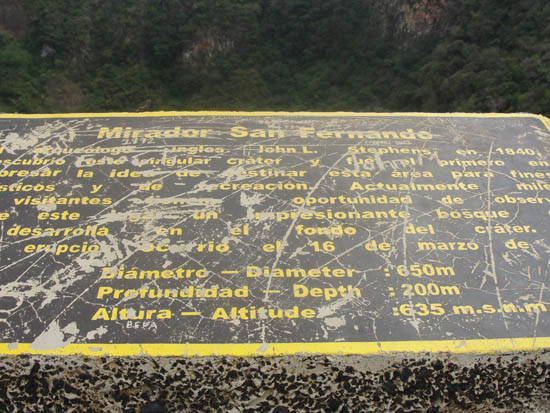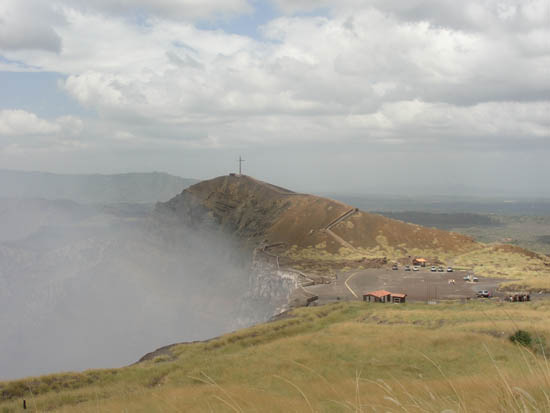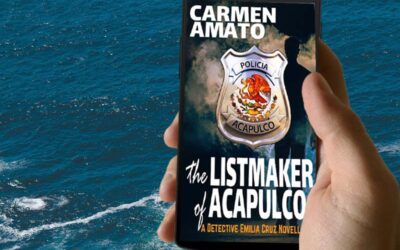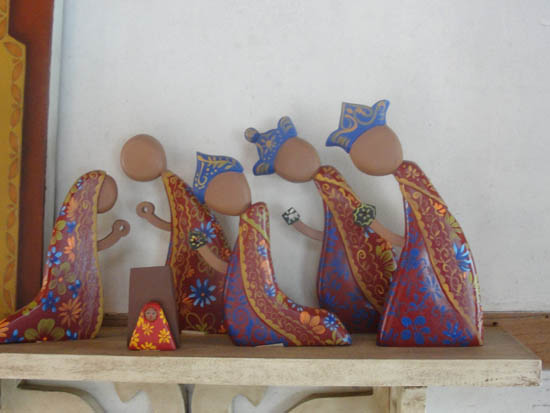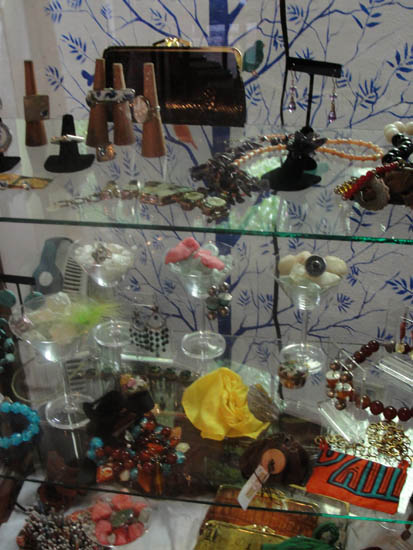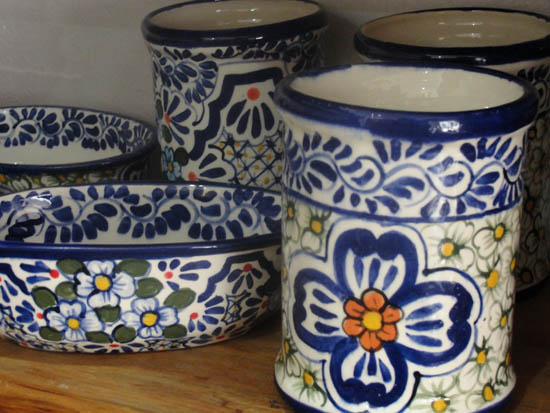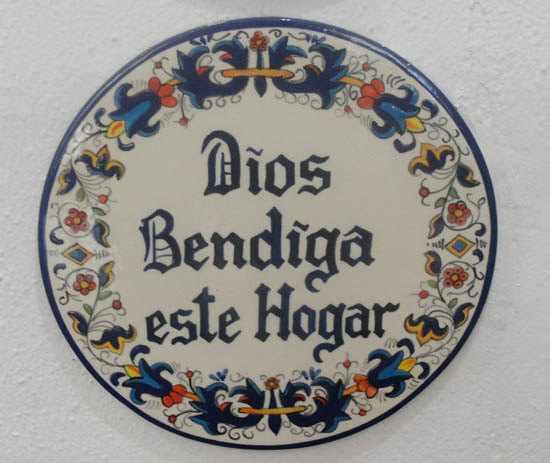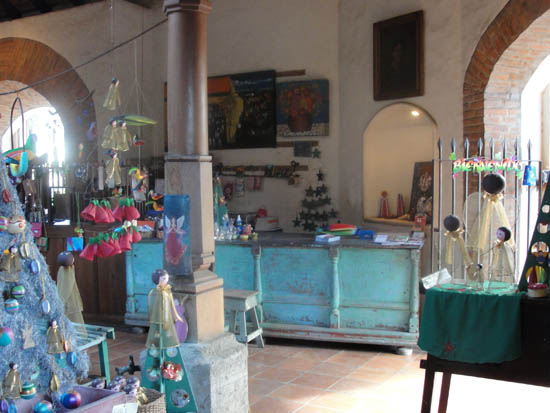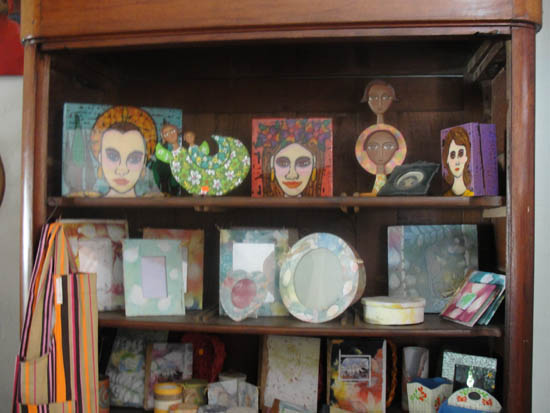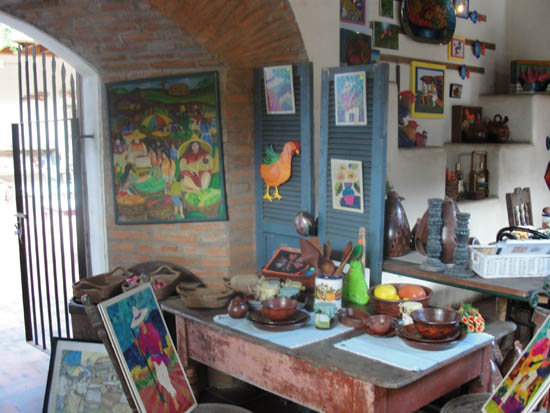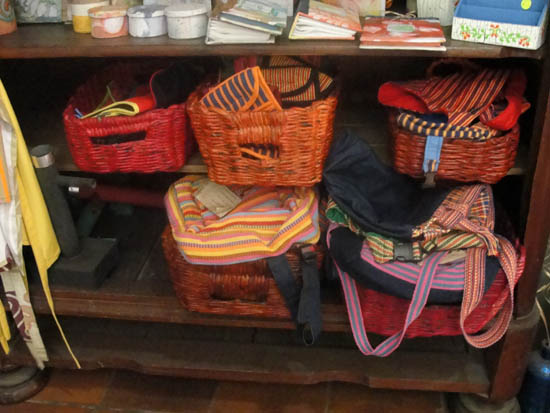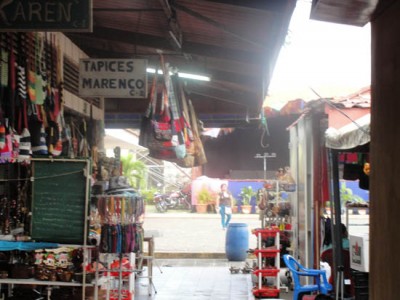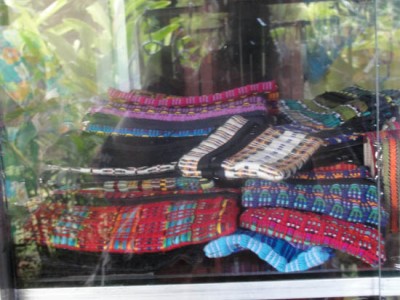The audiobook version of the Detective Emilia Cruz novella, THE LISTMAKER OF ACAPULCO was just...
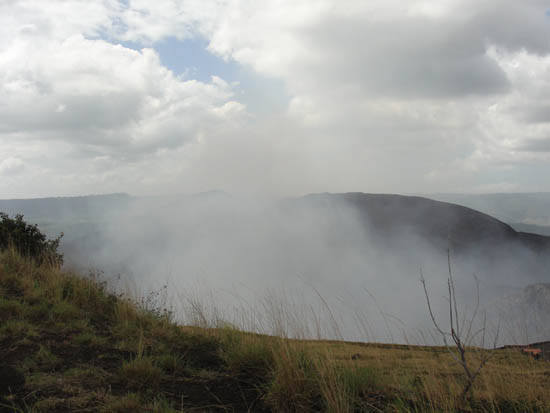
Walking the Mouth of Hell
 I ended up with the yellow hard hat but what I really needed were safety goggles. My eyes watered from the cinders in the air. Heat rose from the black porous rocks that lined the uphill path and within minutes my jeans were damp with sweat. The smells of sulphur, rotten egg, brimstone, eddied in the strong wind.
I ended up with the yellow hard hat but what I really needed were safety goggles. My eyes watered from the cinders in the air. Heat rose from the black porous rocks that lined the uphill path and within minutes my jeans were damp with sweat. The smells of sulphur, rotten egg, brimstone, eddied in the strong wind.
We were climbing the marked paths around the multiple calderas of the still-active Masaya Volcano, 23 kilometers from Managua. The area is a well-preserved Nicaraguan national park–the country’s first–that includes Volcán Nindirí, which last erupted in 1670, and Volcán Masaya, which blew in 1772. The relatively new Santiago Crater was formed between the other two in 1852. Moon Guides has more about the volcano here.
At the top of the first rise, we turned and tried to catch our breaths, heat wafting up from the path that wasn’t so much of a path as it was a long series of steps cut into the sides of the craters. The visitor’s center only a few kilometers from the park entrance had offered an informative series of rooms about geology, tectonic plates, Central America’s volcanoes and other scary things cloaked in science, where we’d learned that the Masaya volcano occasionally belched out the type of magma that hardened into lava bombs upon exit. The steps we climbed were bound by lumber and these big lava chunks.
We found the relatively small San Francisco crater at the top of the path. San Francisco was long dormant and the big bowl in the ground was now covered in grass and scrubby shrubs, with the occasional yellow flower poking through. As I looked over the stunning landscape with the crater at my back, the wind threatened to whip the camera out of my hand.
Nearly a mile away, we could see the smoking Santiago caldera. Above it was the cross placed there in 1529 by Father Francisco Bobadilla to exorcise the demons he believed lived within. The Spanish explorer Gonzalo Fernandez de Oviedo called the smoking volcano the “mouth of hell.” He had himself and another man, Friar Blas del Castillo, lowered into the caldera thinking to find gold there. He didn’t find gold but probably spent the next two days blowing ash out of his nose and wondering why his ear wax had turned black.
Mother Earth has a sense of humor, I thought to myself as I watched steam billow out of the Santiago crater. It was a unique sight. Powerful and a little scary. We watched the steam drift, getting thicker and thicker, until it obscured the far side of the crater’s lip.
When we’d first driven up to the main viewing area, along a curving road that led up from the visitor center and the guard who handed out the hard hats, we’d been able to see maybe a third of the edge but now most was hidden behind a white cloud. All parking was facing out, in case an evacuation was in order. The wall built at a low point in the crater’s lip barely came to our knees but any rush of vertigo was lost in the stunning view.
We started back down, our shoes crunching on the black lava gravel. We were heated by the rocks but cooled by the wind. I started thinking about some of the other odd places I’d been and the risks I’d taken and the choices I’d made.
An active volcano is an unexpected thing, a sign that the solid earth is alive and moving to its own inner music. We can’t control it, which means there are risks along the lava path. But when you reach the top, inspiration and power are there for the sharing.
You may also like
New Audiobook! Listen to LISTMAKER
Book review: The Mystery Guest by Nita Prose
Molly Gray is the crime-solving Head Maid at London’s Regency Grand Hotel in THE MYSTERY GUEST the...
Writing advice from a balky mule and a train derailment
Readers often connect with me over the deep point of view style of the Detective Emilia Cruz...
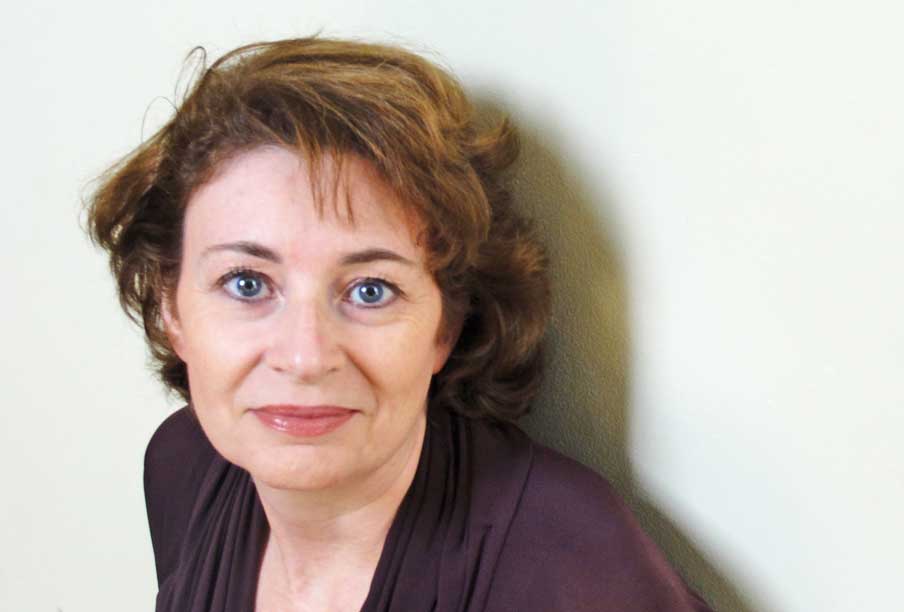
CARMEN AMATO
Mystery and thriller author. Retired Central Intelligence Agency intel officer. Dog mom to Hazel and Dutch. Recovering Italian handbag addict.

